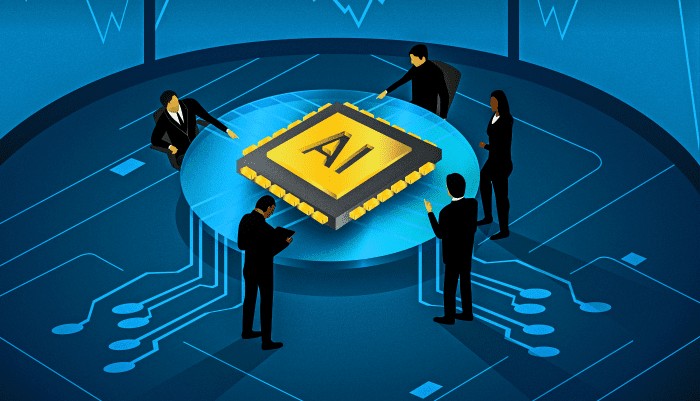
A groundbreaking shift in how we interact with technology is on the horizon, according to new predictions from Accenture. By 2030, artificial intelligence agents – not humans – are expected to become the main users of enterprise digital systems, with consumer interaction with AI agents potentially exceeding app usage by 2032.
This technological transformation, dubbed the "Binary Big Bang" by Accenture CTO Karthik Narain, began when foundation models mastered natural language processing, revolutionizing how we design and use technology systems.
The evolution centers on three key technological areas: agentic systems, digital core infrastructure, and generative user interfaces. Modern AI agents are already showing impressive capabilities in handling code and APIs. For instance, Anthropic's Claude 3.5 Sonnet has achieved a 49% success rate in resolving real-world software engineering issues, a dramatic improvement from the 5% rate observed in 2023.
According to Accenture's survey, business leaders are optimistic about AI agents' near-term potential:
- 48% expect agents to upgrade and modernize system integrations
- 46% believe agents will handle quality assurance of digital systems
- 45% anticipate agents accessing internal system functions
The rise of AI agents is also driving innovation in user interfaces. Traditional software development has long focused on creating one-size-fits-all interfaces due to cost constraints. However, advancing AI technology is making personalized, dynamically generated interfaces increasingly feasible.
While the potential is promising, challenges remain. AI agents require substantial computational resources, can be unpredictable, and sometimes lack transparency in decision-making. Organizations implementing these systems will need robust monitoring, governance frameworks, and clear communication plans to build trust and maintain effective oversight.
Accenture recommends organizations begin their AI agent journey by experimenting with task-specific internal agents before gradually expanding their capabilities. This measured approach allows companies to learn and prepare for the broader implementation of external-facing AI agents while maintaining control and reliability.